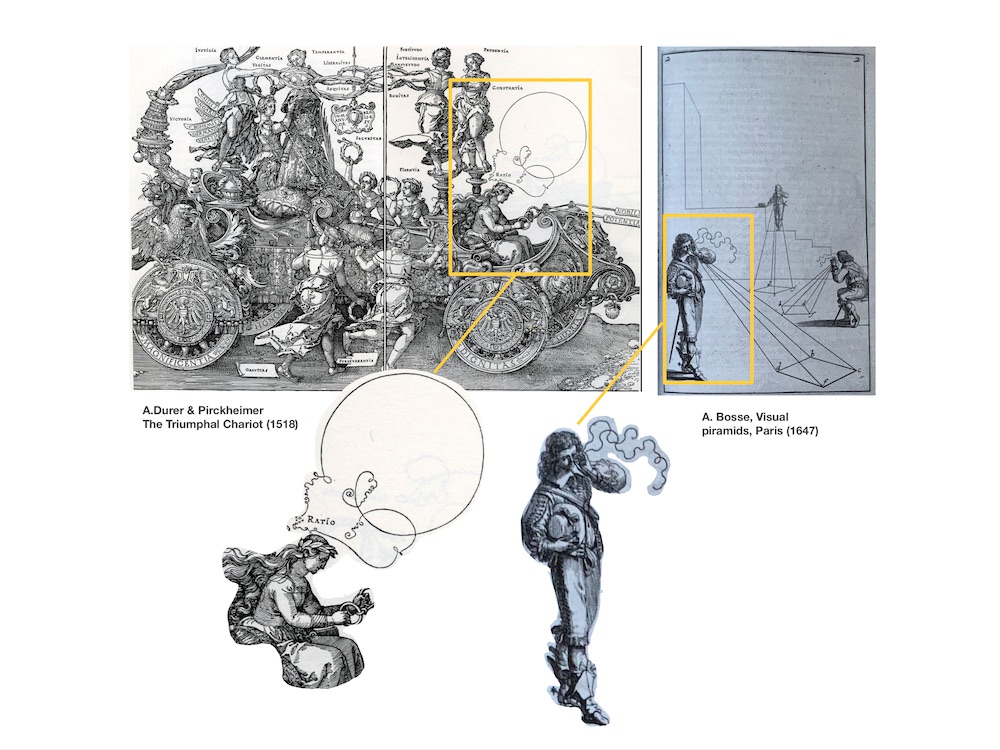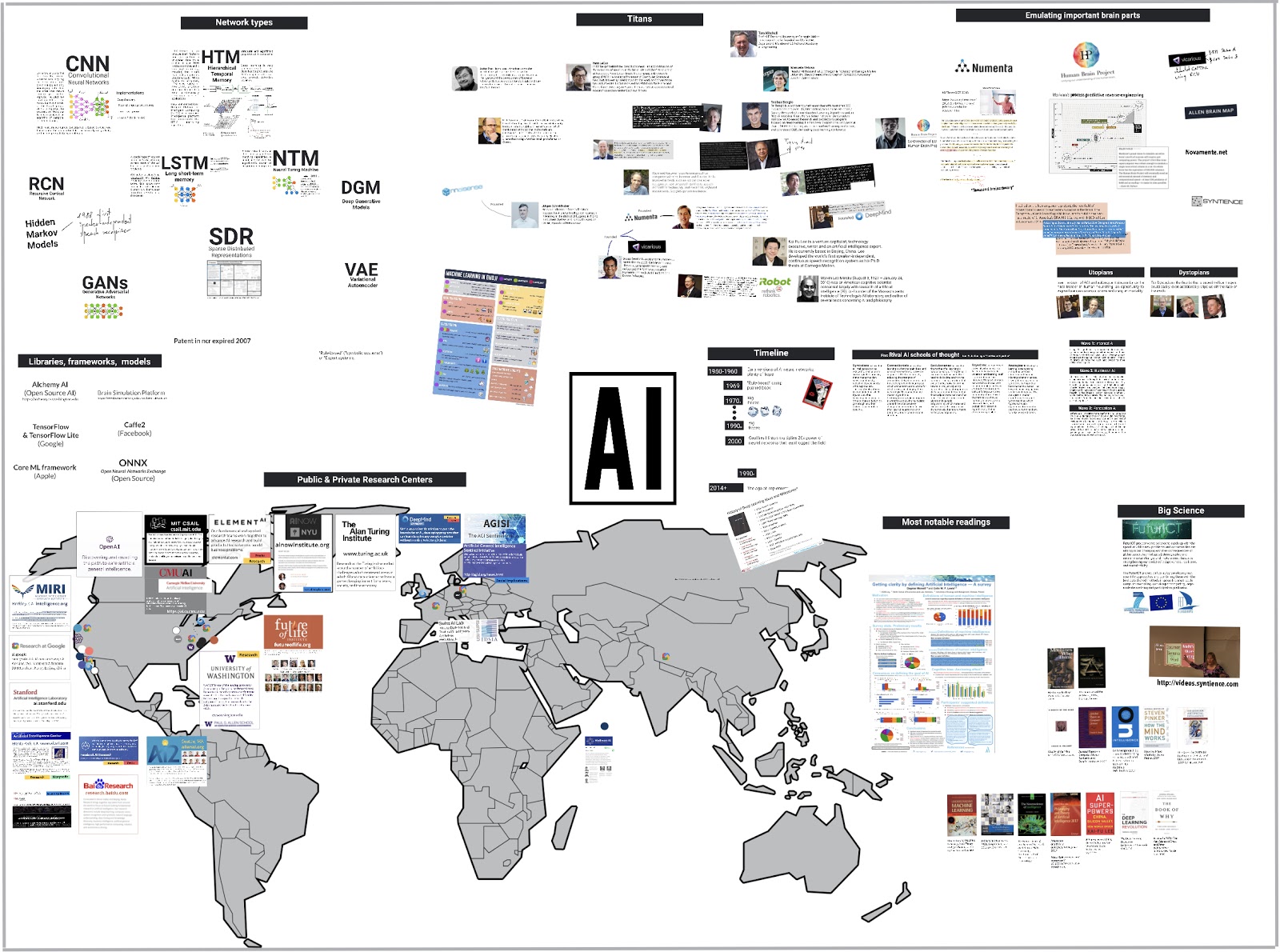Why visual thinking is important? The Doodle as Thought

Table of Contents
Visual thinking is a way to organize and communicate your thoughts in a simpler way. Visual thinking aka doodling stimulates our brain also enhances the way we see and understand things around ourselves.
Why visual thinking is important?
Thinking with pictures sounds a bit silly, reminds us of kindergarten flash cards as we memorized our letters. And yet, it remains a crucial instrument of complex thought, even a simple diagram can tell you much more than a naked explanation. The very moment of becoming mentally aware is beautifully expressed with a heartfelt, “Ah, I see.”
And yet, especially in business, we often strive for some form of perfectly and rigidly structured communication, as if such were the only way to communicate complex thoughts. So, what happened? (Quick spoiler – we’re going to blame technology.)
Back in the day, visual thinking strategies were considered powerful tools for early philosophers and logicians. As we all know, Plato often deployed visual aids to strengthen his messages, as did Diogenes when he presented his plucked chicken at the Academy, “Behold, a Man!”
Visuals helped not only to spark memories, but also supported understanding as well. Early polymaths, from Isaac Newton to Alan Turing, manipulated visual symbolic representations to illustrate their most complex theories. From Nostradamus to Albrecht Dürer, artists and philosophers of medieval Europe have explored the possibilities of using visuals to express ideas.
Throughout history, artistic expression has been a metaphor for abstract thought, so it’s not all that surprising that we “draw connections” as we reach an understanding. The reason behind this, perhaps, is tied intimately with literacy, at large. The images leveraged by these historic thinkers often provided shortcuts to understanding that those without a comprehensive grasp on the written word could harness.
Easy to Reproduce, Hard to Express
For just a bit of a history lesson, Gutenberg’s invention of movable type revolutionized how information was shared. Suddenly, the written word could be reproduced at scale, making intellectual works more broadly available. This, however, created a bit of friction between the written word and artistic expressions, as the earliest technologies didn’t account for any sort of images beyond those which could be added, once again, by hand. Thus, such illustrations continued to be difficult to attain. A bummer, since in order to reach an understanding, we still likely need to ‘get the broad picture,’ and not get bogged down in ‘the details.’
In order to merge the abstract movement of the hand with the mechanical realm of printing an innovation was needed. To meet the specific request of thinker and artist, Albrecht Dürer, detachable ornamental flourishes were invented. The importance of having images alongside the moveable type is even more strengthen by the fact that it took nearly 30 years to complete them.
Freedom in the Driver’s Seat
Dürer himself suggested an affinity between reason and the free movement of the hand by his inclusion of the name of Reason (Ratio) in his illustration of The Triumphal Chariot (seen below). It is Reason, with the space and freedom to doodle, who is the driver of the chariot. The painter famously suggested that “Many strange things can be constructed from a line by those who think.”

The use of twisting lines to denote the complex activities of the mind has been picked up by many, and has resulted in expressing mind processes with curled spirals in many forms of art. A free forming line seemed a building block from which something greater could emerge.
The Full Circle
Fast forward to the twenty-first century and we seem to have made a full circle, only this time our freeform visual thinking strategy has been suppressed by the structured rigidity of the digital realm. Interfaces designed to organize stay indifferent to our messy nature, requiring “All fields to be filled before submitting request.” But we human beings, no matter how much we seem to regret this fact, are not machines. Perhaps we need a bit more than to simply “fill in the blanks” before we feel we truly understand something?
Well, luckily for us, we live in an age of innovation, and we need no longer be limited by our technologies, but be enhanced by them.

Get Explain Everything
Download NowThe image above demonstrates a bit of what we’re talking about. An open map, free form, limitless, and subject to change, to keep and organize information not by strict definitions, but by endless pursuit. Here we may see where the far reaching lines of our philosophers of old can reach in a medium they could hardly imagine. An open canvas, unrestrained by the natural borders of common pen on paper.
With no limit set upon the words, images, and lines of thought you may bring to bear, we can see the full extent of what those simple doodles might reach. To grasp such a complex concept as the development on AI, with all its many facets, advancements, and ideologies, what better way than to create an ever growing sketch to map out all its intricacies.
Finally, we can bring our thoughts, memory and understanding to their full potential, all while leaving the heavy lifting to the tech. Draw connections as you go and never miss your mark.

